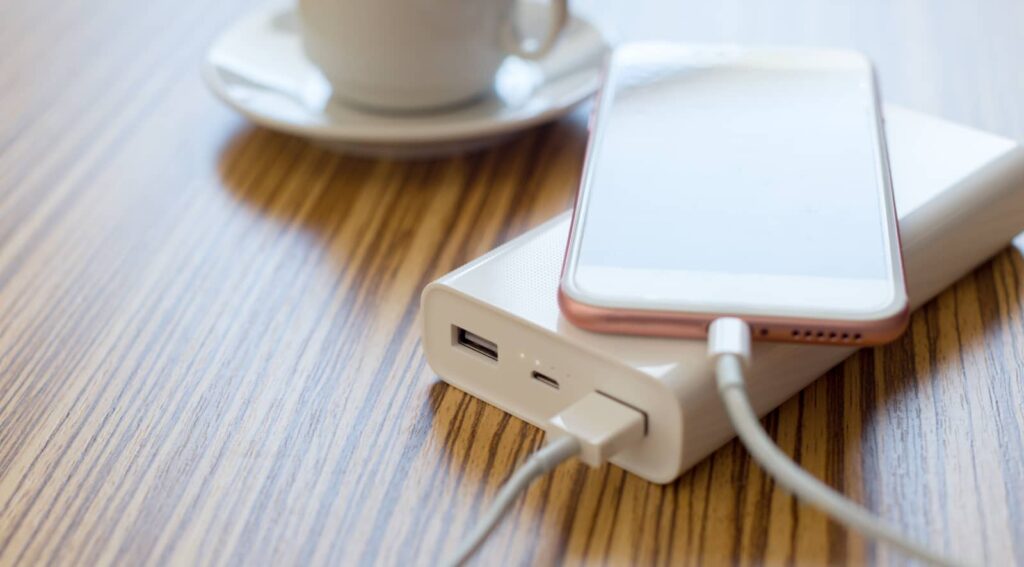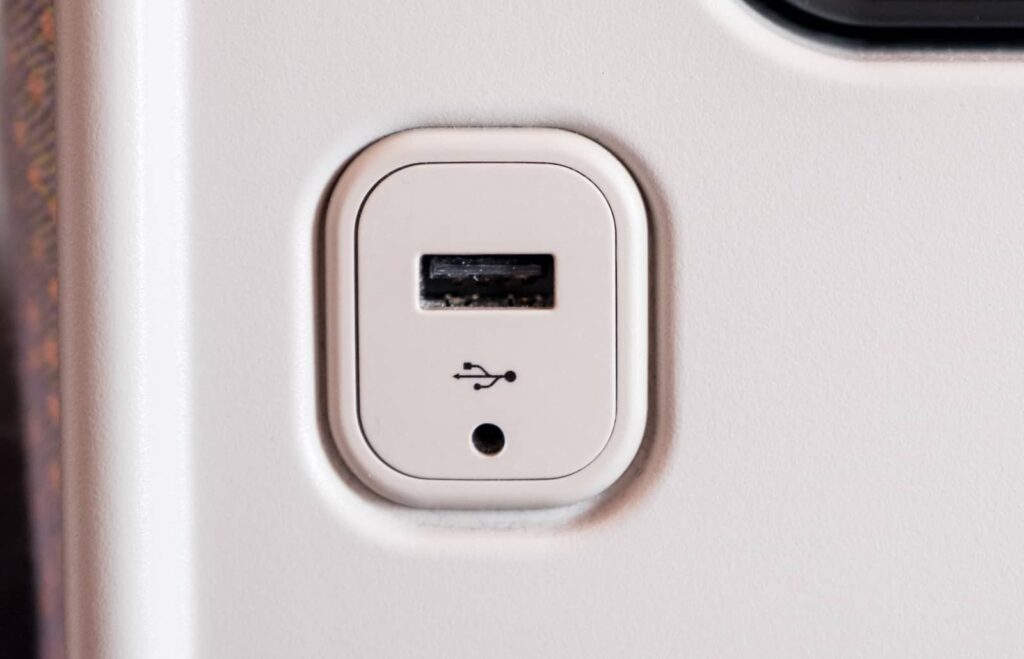Authorities in at least two countries have suggested taking precautions for charging phones at an airport. Why is this happening, and how can you charge on the go safely?
Running out of power is a known issue for more or less every phone owner, but the issue is especially annoying while you’re travelling. It happens to all of us, and you don’t always have enough charge to keep your phone being useful while you wait for a flight, so what do you do?
You turn to the charging ports found at the airport itself. And we wouldn’t blame you, because everyone does it. There’s a good chance you have a cable with you, so finding a charging port at an airport to top your phone or tablet up makes a lot of sense.
These days, though, there’s a substantial risk with plugging in for a charge: there could be a computer waiting on the other end of that plug, and a nefarious individual all too ready to break into your device.
What’s going on, and how can you stay secure while travelling?
Government alerts about USB ports at airports
This isn’t an entirely new issue, but governments around the world are raising the alarm on it recently, so it’s definitely worth talking about what’s going on.
Both the FBI in the US and New Zealand’s cyber-security group for the government Cert have issued warnings about the use of USB ports at airports, namely because it’s next to impossible to know what you’re plugging into.
Avoid using free charging stations in airports, hotels or shopping centers. Bad actors have figured out ways to use public USB ports to introduce malware and monitoring software onto devices. Carry your own charger and USB cord and use an electrical outlet instead. pic.twitter.com/9T62SYen9T
— FBI Denver (@FBIDenver) April 6, 2023
While a power plug is likely going to be totally fine — because it only carries power — a USB port is both a data and a power source, so if you plug in automatically expecting a device to be charged, you might be surprised to learn a device can be hacked while that’s happening.
It’s unusual, but not out of the realm of possibility, with creative hackers able to break into the hardware of a USB plug, and redirect a cable back to their computer. It would likely be a complex hack, but it’s possible, and that’s precisely what the FBI is raising awareness about.
The idea of hacking over USB meant to charge isn’t a new, but rather an area known as “juice jacking”, and has largely been theoretical up until now.
However, as device ownership grows and more people turn to random USB ports to charge their devices, all the while security exploits make it possible for nearly any device to be broken into in some way, it takes juice jacking out of the world of theory, and moves it closer to being a possible reality.
So what can you do?
How to charge at an airport without risk
The easiest way to minimise risk is to not charge your phone over a USB port, or even bring with a wall charger and plug into that.
However, you can still use a USB port with minimal risk by using an intermediary device, such as a power bank.
Power banks and portable batteries lack any operating system or other smarts like a phone, so when you plug one of these into a USB port, it will only take power, and there’s really nothing more it can do.
It means if you want to charge your phone from a USB port without risk, you can likely do so by plugging a power bank into a USB port and charging that first, and charging your phone from that device.
It’s worth noting that the USB port on the aircraft should be fine, too. That’s powered by the aircraft, so you should be safe charging while you jet off to where you’re going.







